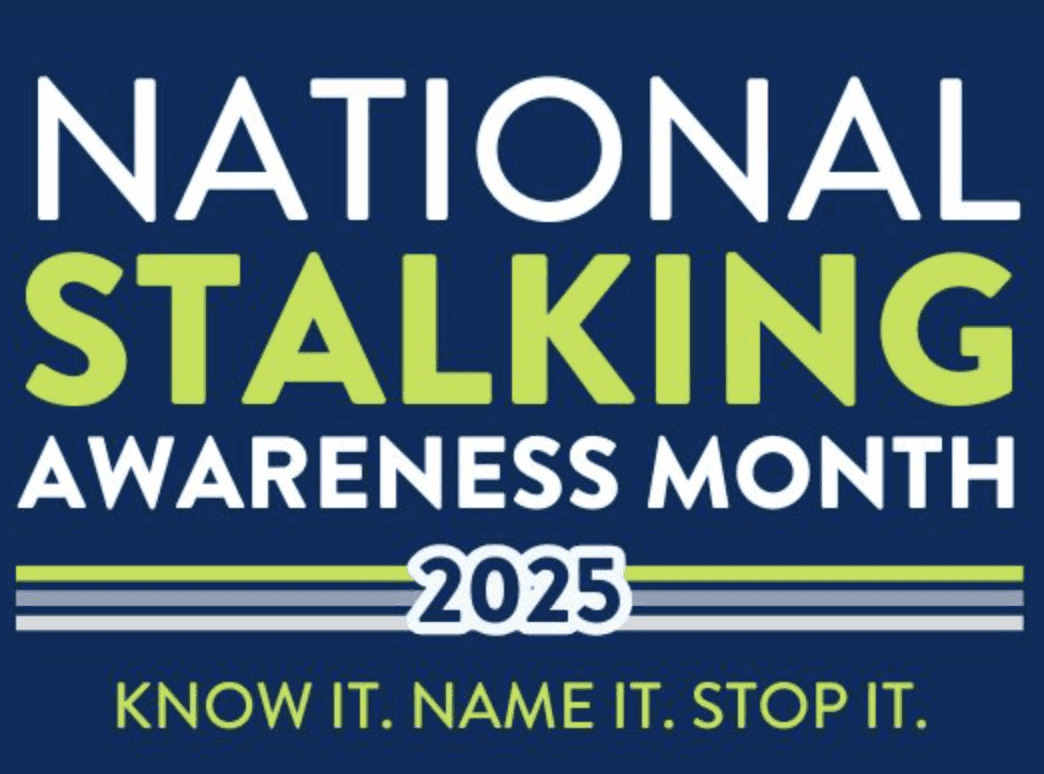Doctor
1. Make a date (and keep it). Each year on your birthday schedule a yearly checkup with your doctor to get a better picture of your health. Have your blood pressure, cholesterol and glucose levels checked, Get screened for cardiovascular disease risk factors, including high blood pressure, high blood cholesterol and ask your doctor to help you reach or maintain a healthy weight.
Physical Activity
2. Tone up as you tune in. When you tune in, tone up. Step, march or jog in place for at least 15 minutes a day while you’re watching television. Increase your activity by 5 minutes each week until you’re getting at least 30 minutes on most days of the week.
3. Grab some H2O when you go. Take a water bottle with you walk wherever you go. You can get plenty of water and the bottle’s weight will strengthen your arms.
Eating
4. Keep Out of sight, out of mouth. Keep unhealthy food hidden packages out of sight away. Put raw veggies and fruits in the front of your refrigerator. Keep healthy snacks in the front of your pantry so you’ll see them first. If you’ll keep grabbing healthy foods at least 21 times, you’ll soon make them a habit. Also, look for the American Heart Association’s heart-check mark. This easy, reliable grocery shopping tool helps you identify food that can be part of a sensible eating plan.
5. Eat Right to Control Cholesterol
Foods high in saturated fat can lead to high cholesterol. Help keep your cholesterol down by eating foods low in saturated fat, such as lean chicken or turkey (roasted or baked, with skin removed), fruits and veggies, low-fat or fat-free dairy products, and whole grains. Look for American Heart Association cookbooks in your local bookstore for healthy and delicious recipes.
6. Shake the salt habit.
Help lower high blood pressure by watching your salt intake. Often you’ll find it disguised in food labels as sodium alginate, sodium sulfite, sodium caseinate, disodium phosphate, sodium benzoate, sodium hydroxide, monosodium glutamate (MSG) and sodium citrate.
Get in the mood for new food. Trying new healthy foods will help you sustain your healthy eating habits. On each grocery-shopping trip, add a healthy food you’ve never tried to your shopping cart.
Smoking
7. Kick butts. If you smoke, quit. Try this four-step way to snuff your habit. Day 1, Quit smoking in four parts. On the first day,cut reduce the number of cigarettes you smoke by half. Day 3, In two more days, cut the number of cigarettes you smoke in half against down again by half. Day 5, cut your smoking in half again. Cut it in half again two days after that. On your quit day — quit!
Overweight and Obesity
Watch what you’re eating. Don’t eat while doing other things, like watching TV or reading. When you focus on your food, you’ll be less likely to overeat.
Scratch the unhealthy snacks. Instead of keeping candy in your office, have a bowl of fruit. It will help you and your co-workers to eat more healthy snacks. Make eating an activity in itself. Don’t pair it with other activities such as watching television or reading, that may cause you to eat more.
8. Be a good loser. Excess weight increases your risk of heart disease, stroke and diabetes. To achieve steady, painless weight loss, take it easy. Eat 200-300 calories less than it takes to maintain your weight, and burn 200-300 calories through exercise each day, and exercise at least 30 minutes on 5 days a week or more and you’ll get closer to your goal.
General
9. Don’t let a slip keep you down. If you get off your exercise schedule, have a cigarette or mess up on a meal, just get back on track immediately with more determination to establishing a healthy lifestyle.
10. Say “Yea for me!” Keep track of your achievements in exercising, losing weight or quitting smoking. When you reach a goal, reward yourself by doing something you enjoy.
Source: American Heart Association
About the American Heart Association:Since 1924 the American Heart Association has helped protect people of all ages and ethnicities from the ravages of heart disease and stroke. These diseases, the nation’s No.1 and No.3 killers kill more than 930,000 American lives a year. the association invested in more than $407 million in fiscal cal year 2002-03 for research, professional and public education, advocacy and community service programs so people across America can live stronger, longer lives.



